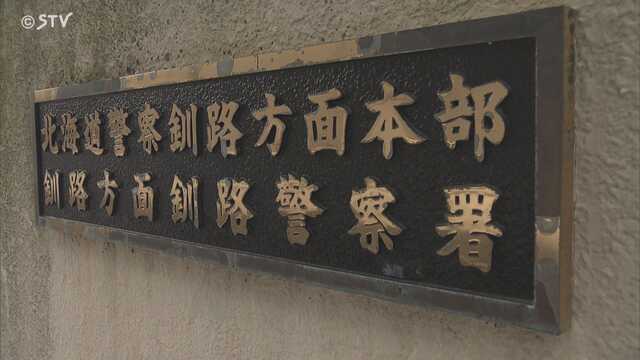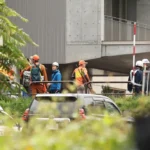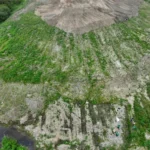The man is suspected of kicking a 68-year-old taxi driver from the back seat while the taxi was driving through Showa Chuo 3-chome, Kushiro City, around 4 a.m.
At the time, the man was heavily intoxicated and denied the allegations, stating he “does not remember kicking anyone.” However, the taxi’s security camera reportedly captured the incident.
Police are investigating the motive behind the attack.
Kushiro Police Station
Kushiro Police Station is a law enforcement facility located in Kushiro, Hokkaido, Japan, serving as a key public safety hub for the region. Established during Japan’s modernization of police systems in the Meiji era (late 19th century), it plays a vital role in maintaining order in Kushiro, a city known for its port and natural wetlands. While not a major tourist site, it reflects Japan’s structured approach to community policing.
Hokkaido
Hokkaido is Japan’s northernmost and second-largest island, known for its stunning natural landscapes, including national parks, hot springs, and ski resorts. Historically inhabited by the indigenous Ainu people, Hokkaido was formally developed by the Japanese government during the Meiji era (late 19th century) to strengthen national borders and promote settlement. Today, it is a popular destination for outdoor activities, wildlife, and unique cultural heritage blending Ainu and Japanese traditions.
Showa Chuo 3-chome
Showa Chuo 3-chome (昭和中央3丁目) is a district in Showa, a town in Akita Prefecture, Japan, known for its quiet residential atmosphere and local charm. While not a major tourist site, it reflects the traditional and rural lifestyle of northern Japan. The area’s history is tied to the broader development of Akita Prefecture, which has long been associated with agriculture, particularly rice production.
Kushiro City
Kushiro City is a port city located in eastern Hokkaido, Japan, known for its rich natural surroundings, including Kushiro Marsh, the largest wetland in Japan and a habitat for the endangered Japanese crane. Established in the late 19th century during Hokkaido’s development period, the city grew as a key fishing and transportation hub. Today, it attracts visitors with its scenic landscapes, wildlife, and fresh seafood, particularly its renowned *katsuobushi* (dried bonito) and crab.





